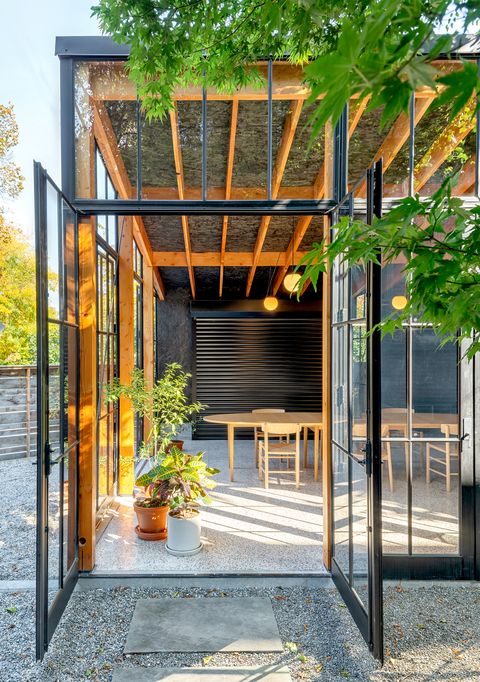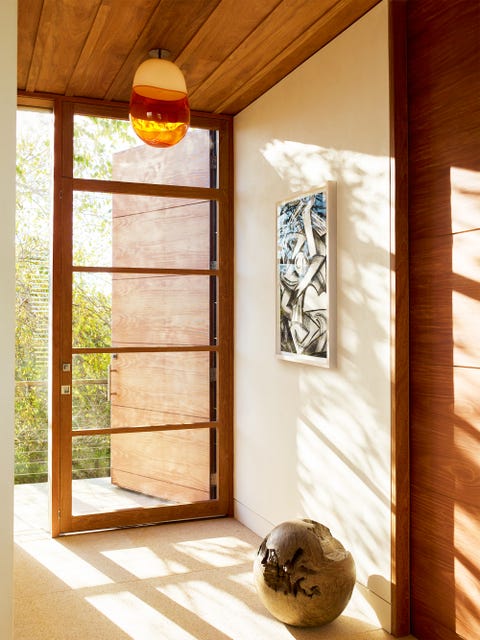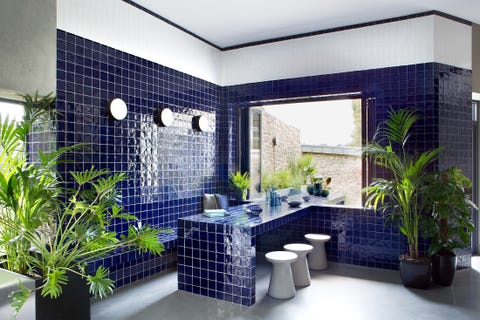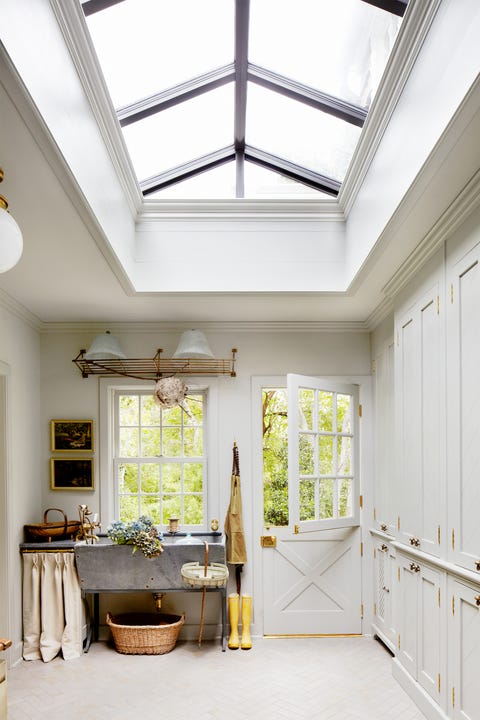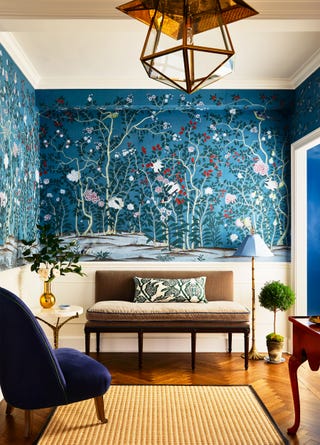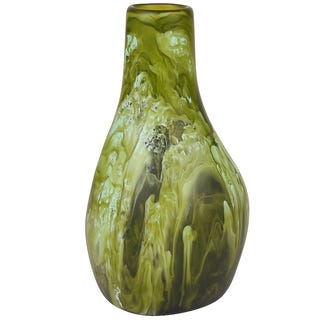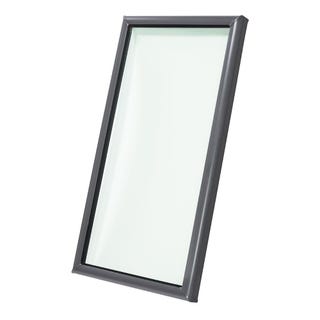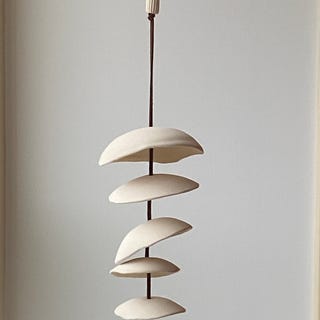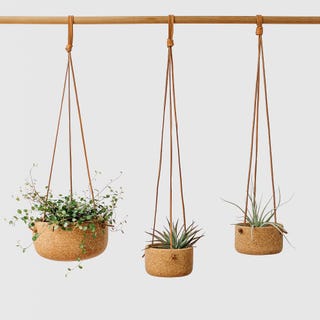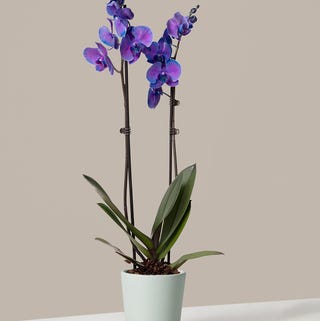What is Biophilic Design? Plus, 7 Ways to Make Your Home Greener
The term “biophilic design” may not be one you’ve heard yet, but it’s likely to become increasingly familiar to you as it gets more mainstream in the architecture and interior design industries. It’s a concept that embraces the fact that humans are biological creatures with a need to maintain a connection to nature. If you’ve upgraded your living room, cubicle, or work from home space in the last few years with lots of plants, that’s not news to you (or the millions of other new plant parents!). In fact, research shows being around plants can boost mental health, reduce stress, improve sleep, and help us feel more connected during times of social isolation. Pretty impressive, right?
Of course, biophilic design, also called biophilia, incorporates the use of houseplants and living plant walls. But it also focuses on including architectural elements such as huge windows that allow sweeping views of the garden, indoor-outdoor living spaces, the use of natural materials, and efficient use of resources and sustainability throughout a building’s lifespan.
But how do you incorporate nature into design, especially if you live in an apartment or can’t afford to build a new house or upgrade your old home? It’s actually simpler than it may sound. “People may not necessarily use the term ‘biophilic’ but they do ask us for ways to bring the outdoors in,” says Valerie Stafford, co-owner and lead designer at Rumor Design + ReDesign in Steamboat Springs, Colorado. “It’s the idea of encouraging flow from the landscape into our homes and enjoying the natural beauty around us. It’s the connection to the outdoors that many of us have been missing.”
Ahead, discover 7 ways to make biophilic design part of your own home, whether you’re building new or upgrading your home.
Adopt some new plant babies.
“A room just feels homier with a plant or two,” says Stafford, who has clients that request entire rooms built around their plants with special tables, lighting, and humidifiers. “A room feels alive when you add greenery.” If your thumb isn’t, ahem, the greenest, choose sturdy houseplants that are more forgiving to newbies, such as snake plant, pothos, monstera, and pilea. Save the more demanding plants, such as fiddle leaf fig and ficus, for when you gain experience. Even growing culinary herbs on your kitchen counter with a grow light offers a positive connection to nature.
Look for soft lines.
Rolling lines feel organic and natural. When shopping for new furnishings, look for more sculptural sofas and chairs that have rounded edges, rather than stiff, linear shapes, suggests Stafford. New homes also are showing softer lines with arched doorways and curving hallways.
Opt for natural materials.
Wood remains popular, with exposed wood on furniture, ceilings and walls. There’s even tile that mimics the look of wood so you can use it in places such as your shower. Newer engineered woods, which use a ¼-inch wood veneer allow precious natural resources go farther, says Stafford. Accent walls of exposed stone or plaster-like clay products, which are not difficult to apply, are hugely popular. Boldly patterned natural materials, such as granite, instead of manufactured products, also are being used more frequently.
Maximize natural light.
“No one likes living in a dark hole,” says Stafford. “Bring that sunshine indoors.” That can be as simple as removing heavy drapes and opting for naked windows in rooms that don’t require privacy, such as an office. Or install minimalistic roller shades that allow you to bring in the most light but still provide privacy when needed. Don’t forget to clean your home’s windows regularly to remove the haze that forms from dust, pet dander, and cooking; it’s a minor chore with a big payoff.
Update lighting.
Replace dated lighting, whether it’s in the foyer, bedroom, or kitchen. “New lighting is a simple way to give a room a fresh feeling,” says Stafford. Add layers so a room doesn’t have just one source of light. For example, in the kitchen illuminate with pendant lights, can lights, under-cabinet lighting, and standalone lamps for a full spectrum. But pay attention to light color, also called temperature, which is measured in 6500K, 4100K, and 2700K. It’s personal preference, but soft white, or 2700K, is a warm, natural light that’s best for most living spaces.
Go green.
One of the colors that’s consistently trending now is green—not a bright in-your-face green, but rather more soothing shades such as eucalyptus, fern, and muted earthy greens such as sage and moss. Other trending colors that bring the indoors in include terra cotta, clay, and various shades of muted blues.
Embrace wallpaper.
Wallpaper is having a moment once again, but this time, it’s all about textural choices such as natural grasscloth or silk, says Stafford. If it makes you nervous (Full disclosure: It does take some work to remove when you re-decorate later on), opt for an accent wall instead of a full room. Or do a powder room for maximum design impact in a small space. Nature-themed murals are another way to add a new level of “wow” to a tired room.
Follow House Beautiful on Instagram.
This content is created and maintained by a third party, and imported onto this page to help users provide their email addresses. You may be able to find more information about this and similar content at piano.io

